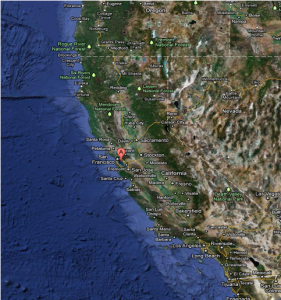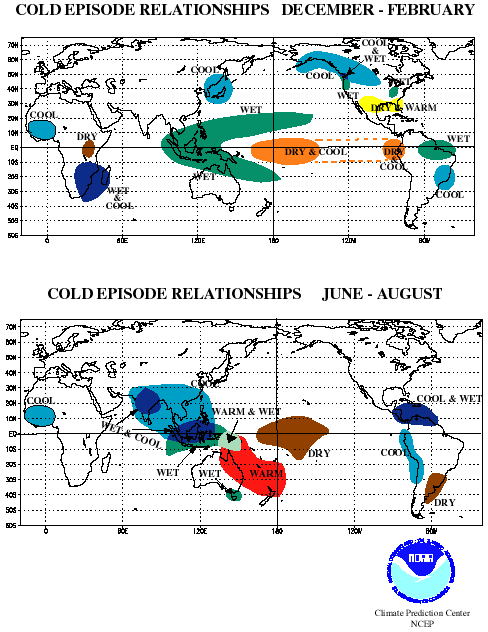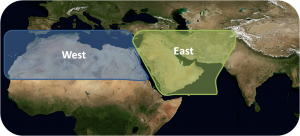In December 2009, Dr. Donna Charlevoix, of the GLOBE Program Office, attended the COP-15 (15th meeting of the Conference of Parties) meeting in Copenhagen, Denmark. Dr. Charlevoix gave a great summary of the meetings in five separate blog posts that began on 7 December 2009. Some of you may have read these posts, and for those of you who haven’t, I encourage you to visit them, beginning with the first to get a better understanding of the importance of these annual meetings.
This year’s meeting was titled COP-17 (17th Conference of Parties). The meeting is important because it includes things such as the adoption of the conference agenda, election of new officers, and reports from committees within the COP. These meetings are held annually, because it is important to frequently assess progress in dealing with climate change. After decisions are made at this meeting, a detailed set of rules are created for practical and effective implementation of the Convention.
As in 2009, a lot of the discussion centered around the Kyoto Protocol. The Kyoto Protocol is a binding agreement of 37 industrialized countries to reduce their greenhouse gas emissions. This protocol was adopted in 1997 in Kyoto, Japan, and entered into force in February of 2005. There is more information on this important international agreement on the United Nations Convention on Climate Change website. This year’s conference officially ended on 9 December; however, the final package of agreements, now known as the Durban Platform, wasn’t finalized until the next morning. This package is very important to the future of regulating climate change. But what makes this package different than the Kyoto Protocol?
This new package of agreements is a legally-binding treaty of all 194 member governments of the United Nations Framework Convention on Climate Change by limiting greenhouse gas emissions. While this is an exciting advancement, there still are questions to be answered, such as how will this translate into actual reductions in greenhouse gases? When will this go into effect? The hope is that all negotiations on how to reduce emissions will be decided by 2015 and enforced by 2020.
Another difference from the Kyoto protocol is that the United States, India, and China all agreed to be held accountable for their greenhouse gas emissions. And while there are items in the agreement that countries don’t agree on, the overall package is important to keep the world focused on climate change mitigation.
So how does this apply to GLOBE schools? For GLOBE schools looking at the aerosol protocol, it would be interesting to collect data over the next few years to see if there is any change in the optical thickness of the atmosphere (remember the optical thickness is how much of the sun’s light is absorbed or scattered by particles suspended in the atmosphere) and how it corresponds to the enforcement of these new agreements.
How do you think the Durban Platform will affect your location? Have you been using the aerosol protocol to take measurements that could be used to monitor the changes that the Durban Platform may cause? We’d love to hear from you! Please leave us a comment or email us at science (at) globe (dot) gov.
-jm








